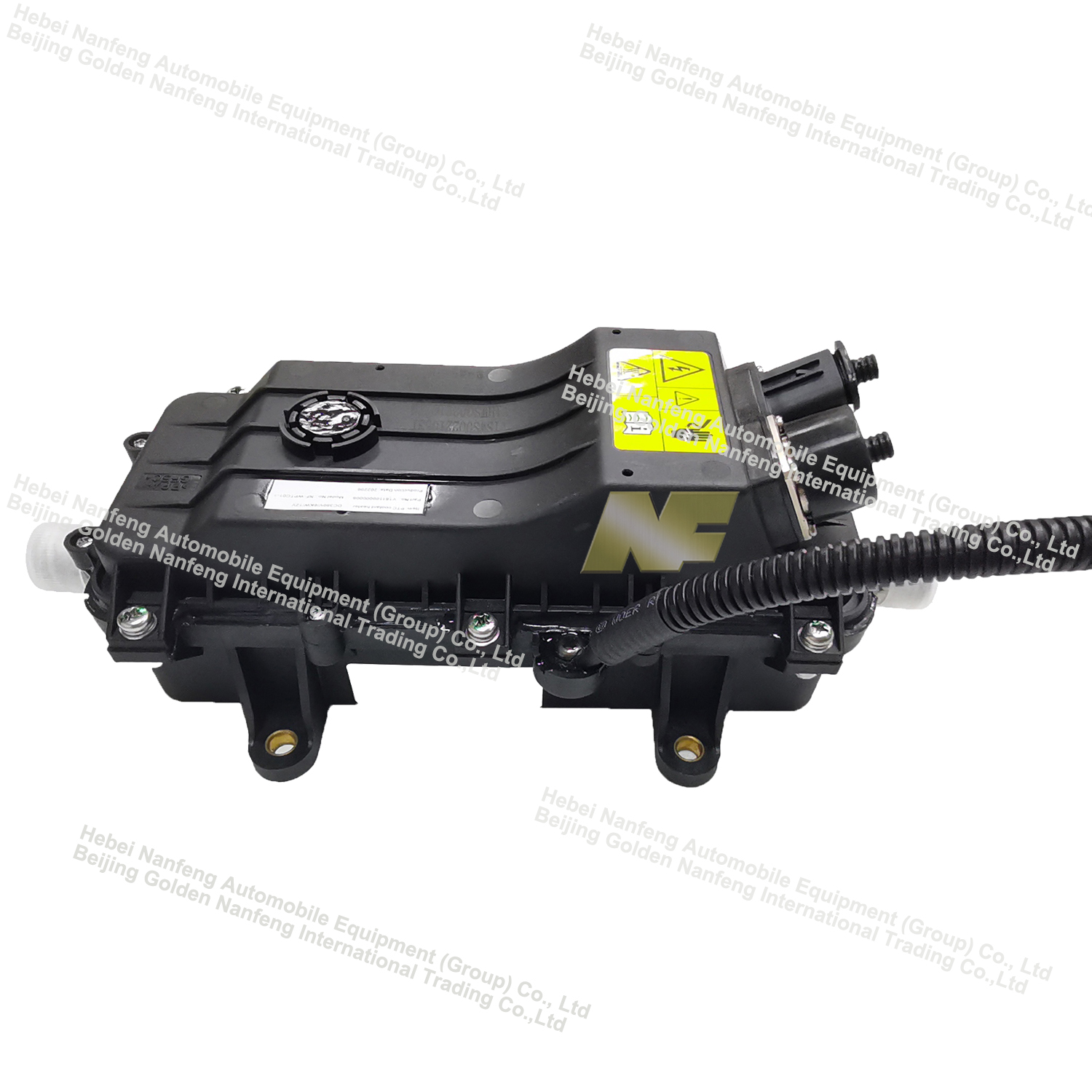During cold winter months, owners of all-electric vehicles often face a challenge: in-car heating. Unlike gasoline-powered vehicles, which can utilize waste heat from the engine to heat the cabin, all-electric vehicles require additional heating devices. Traditional heating methods are either inefficient or consume excessive energy, significantly impacting vehicle range. So, is there a solution that provides both rapid heating and energy efficiency? The answer lies in high-voltage PTC water heaters.
PTC stands for Positive Temperature Coefficient (PTC), meaning positive temperature coefficient (PTC) thermistor. High-voltage PTC coolant heaters utilize the characteristics of PTC thermistors, operating at high voltage to efficiently convert electrical energy into heat, thereby heating the coolant. The operating principle of PTC water heaters is based on the fact that the resistance of PTC thermistors increases as temperature rises. When current flows through a PTC thermistor, it heats up. As temperature rises, the resistance increases, and the current decreases, thereby achieving automatic temperature limiting, ensuring both safety and energy efficiency.



In new energy pure electric vehicles, the high voltage output from the vehicle's battery is distributed to the PTC heater. Current flows through the PTC thermistor element, rapidly heating it, which in turn heats the coolant flowing through it. This heated coolant is then transported through a water filter and pump to the vehicle's heater tank. The heater then operates, blowing heat from the heater tank into the cabin, rapidly raising the interior temperature. Some of the coolant may also be used to preheat the battery pack, ensuring optimal performance even in low-temperature environments.
Post time: Aug-18-2025




